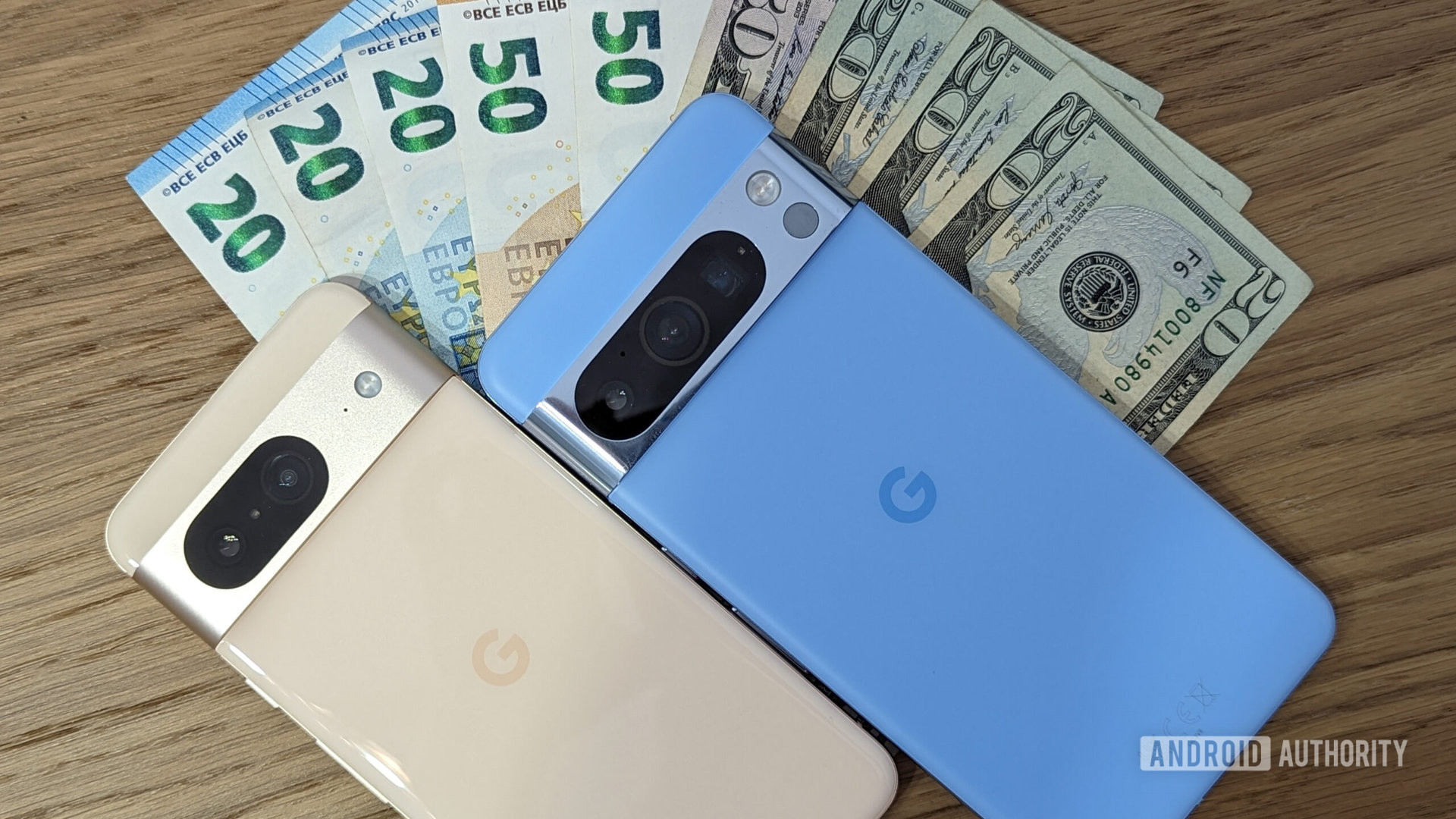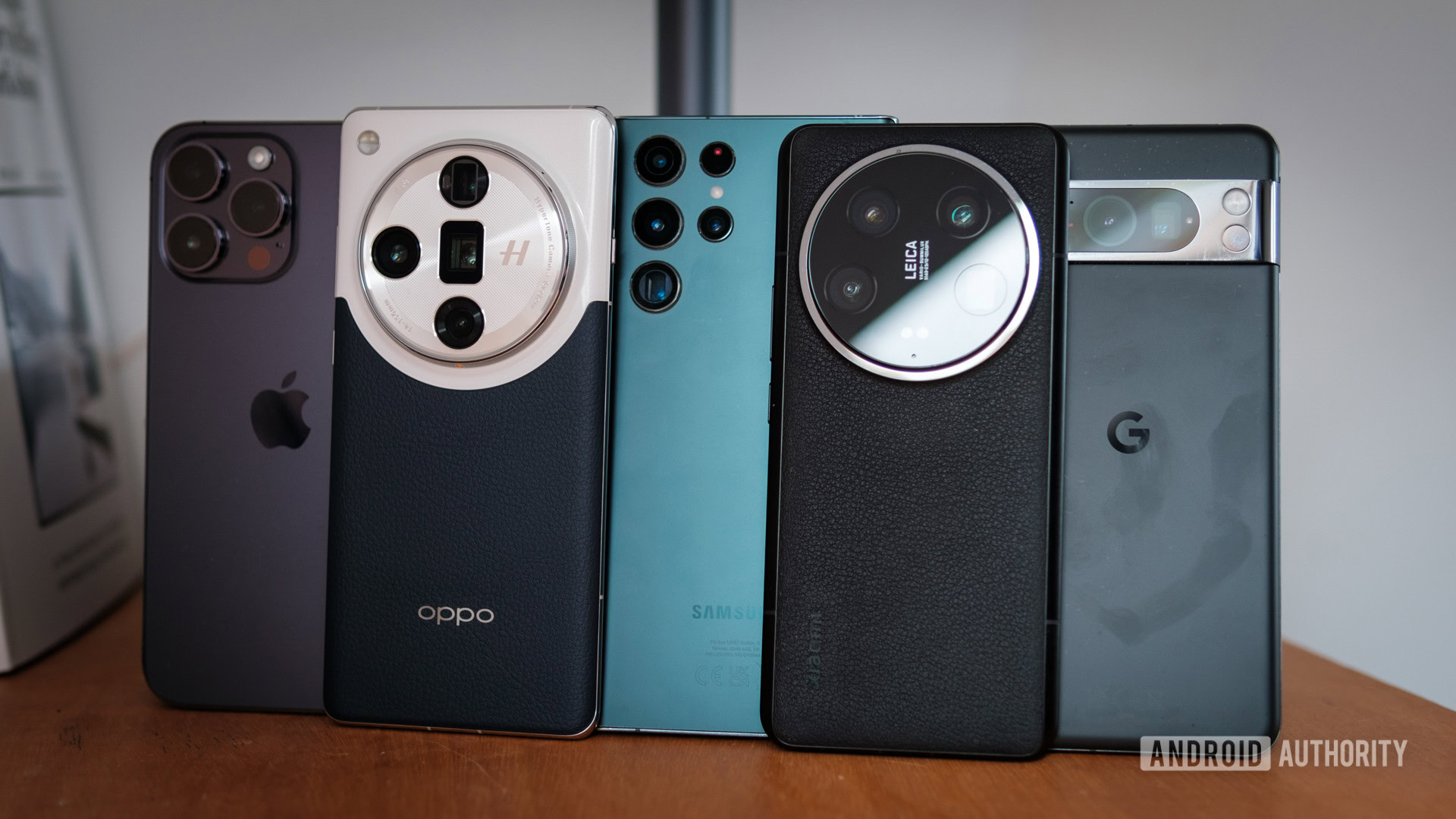I write phone reviews for a living and I would never buy an Android flagship at full price

Rita El Khoury / Android Authority
The answer to that, as you can guess, is very subjective and depends on your needs and what you should prioritize. I would always tell you to spend a little more for a better update promise and resale value, while some of my colleagues think you can’t go wrong with good photography performance, and others value water resistance and durability ratings or processing power.
But there is one truth we all agreed on: you should never, ever buy an Android flagship at full price. It’s a waste of money.
Have you ever bought an Android flagship at full price?
461 votes
I’ve been writing about the smartphone industry since 2008, and I’ve seen it change dramatically in that time. One reality, though, has remained constant over the years: Phone prices drop pretty quickly, especially Android phones. (This doesn’t necessarily apply to iPhones, for some mystical reason.) An Android phone that launches for $1,000 today will likely be marked down to $800 or $700 in a few months. There’s no more reliable truth than that in the Android ecosystem. And even if you see it listed at full price on the manufacturer’s website, check out Amazon, Best Buy, and other local retailers and carriers; it’s bound to be marked down somewhere.
Most Android flagships come with pre-order deals or drop in price a few months after release. So why pay full price?
Another practice that has also become quite common is pre-order discounts and bonuses. Almost every high-end Android phone now comes with a pre-order offer that takes a chunk off the price, and/or gives you some free accessories, and/or adds a trade-in bonus if you send in your older smartphone. This can sometimes make buying a hot phone much cheaper on day one than waiting a few months for a discount.

Robert Triggs / Android Authority
So if you want to buy a new Android smartphone, here’s my personal advice:
- If you’re a tech enthusiast and know exactly what you want, grab the pre-order deal as soon as the phone is announced. You’ll likely get some decent discounts and bonuses that add up.
- If you’re ready to upgrade but are still hesitating between a few recently released smartphones, take your time. Keep an eye on the prices of your favorite phones and only buy one if the price is at least 20-30% lower than the original sticker price. You should never pay more, especially not a few months after the release.
- If your current smartphone breaks and you need a new one right away, start by checking the price of your ideal replacement phone. If it’s full price everywhere (or only marginally discounted), it might be wiser to buy a budget smartphone as a temporary solution and wait for the successor to your favorite phone to buy it during the pre-order period.
I realize that last piece of advice is a bit counterproductive, but it’s what I would personally do. If my own Pixel 8 Pro or my husband’s Pixel 7 Pro simply stopped working right now (and let’s say they’re out of warranty), I’d hunt down a deeply discounted or even used Pixel 8a, 7a, or 8 and pick one up. Then I’d pre-order the Pixel 9 Pro when it’s announced and trade in my temporary budget Pixel or sell it used. The financial loss should be minimal, and that’d be a much better use of my money than immediately jumping to another full-priced Android flagship.
If you need a new phone now and your favorite option isn’t discounted, it’s wiser to grab a budget phone and wait for the next best thing.
And yes, I know this example is a bit silly since the Pixel 9 Pro is imminent and the wait is insignificant, but I’d still do this if the wait for the next best Android flagship was months. Today’s budget and midrange phones are extremely powerful, have excellent cameras, and a satisfying spec sheet for most users.
So there you have it. If a new Android phone costs $1000, never pay $1000 for it; it’s like throwing $200 down the drain in the blink of an eye.
Share this content:



Post Comment